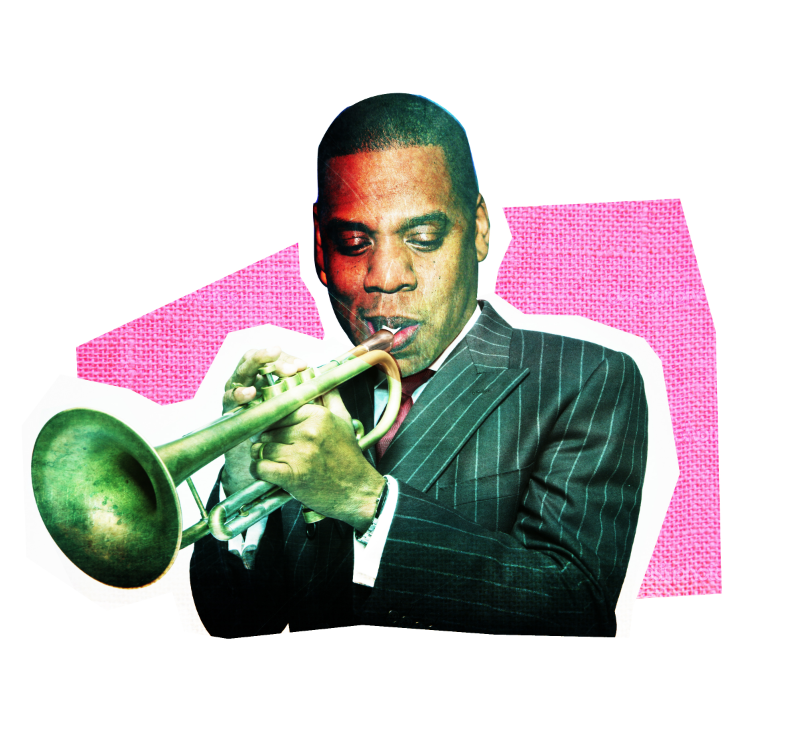In 2011, three jazz students at Toronto’s Humber College performed a piece inspired by rap collective Odd Future. Their instructors promptly declared that the piece had no artistic value. Undiscouraged, the young musicians uploaded their arrangement to YouTube under the name “The Odd Future Sessions.” As it happened, Odd Future’s leader Tyler the Creator disagreed with Humber’s brass and invited the trio, now known as BADBADNOTGOOD (BBNG), on tour with the collective.
Four years and four albums later, BBNG have come to represent a type of jazz that unabashedly flaunts its hip hop and R&B influences. A BBNG concert experience is closer to Earl Sweatshirt than Dave Brubeck; a throng of primarily young fans mosh to jazz interpretations of tracks by hip hop luminaries such as Kanye West, Nas, and Gang Starr. Recently, the trio collaborated with Wu Tang Clan member and rap legend Ghostface Killah. Their newest album, Sour Soul, perfectly represents the cross-pollination of hip hop and jazz.
However, this blending of genres is hardly a new phenomenon. In many ways, the marriage of jazz and hip hop first emerged in the late eighties with the music of a loose confederation of producers and MC’s known as the Native Tongues Collective. Artists such as A Tribe Called Quest, De La Soul, and the Jungle Brothers sought to blend jazz, rap, and Afrocentric ideology to create a socially as well as musically conscious brand of hip hop. To these artists, the parallels between hip hop and jazz were obvious—Q-Tip rhymes on Tribe’s legendary “Excursions”: “You could find the Abstract listening to Hip Hop/ My pops used to say it reminded him of bebop.” Similarly, Tribe’s single “Jazz (We’ve Got)” paid homage to the legendary jazz label Blue Note Records in its cover art and production style.
In the late eighties and early nineties, hip hop often faced criticism for being a parasitic genre that leeched off the genius of others such as R&B, funk, and jazz. However, it appears the feeling was at least partially reciprocated by mainstream jazz artists. Herbie Hancock had been experimenting with hip hop beats and production since the early 1980s. Brandford Marsalis collaborated with producer DJ Premier on his Buckshot Lefonque project in 1994.
However, despite Tribe’s influential work, and other innovations in the early 2000s from producers such as J Dilla and Madlib, mainstream success has remained elusive for jazz-infused hip hop artists. Indeed, even modern acts such as BBNG who have been accepted into hip hop’s inner circle have yet to gain the mainstream recognition of their contemporaries. The classics of the genre, albums like Tribe’s The Low End Theory (1991), Madvillain’s Madvillainy (2004), and J Dilla’s Donuts (2006), remain critically but not commercially acclaimed. Why? Perhaps the answer also explains why jazz has failed to appeal to mainstream listeners. Like its source material, jazz rap features little in the way of catchy hooks or booming production permanent in its contemporaries. Both the genre’s lyrics and instrumentation are introspective and subtle by definition. The genre’s understated yet detailed qualities have garnered it a great degree of recognition among musicians and critics but are often lost on mainstream audiences. However, it has always thrived by looking to the outside rather than the centre of the hip hop audience, allowing it to both reinforce and criticize the hip hop lifestyle—see De La Soul’s masterful “Stakes Is High” for evidence.
Perhaps jazz and hip hop were never meant to exist together at the top of the charts. The underground remains its natural home. Despite BBNG’s sizeable momentum, based on previous cases, it is hard to see artists like them becoming hip-hop megastars. However, there’s plenty of room to succeed on the edge of the mainstream. Here’s hoping I’m proven wrong.










There’s logic here— if it can be sorted out.